February 18th 2022
Katonah, NY

Traveler: Kellen Krause
Destination: Katonah, New York
Kellen and his studio team visited Katonah, a hamlet in the township of Bedford, New York, to study the architecture and surrounding landscape of The John Jay Homestead.
In 1801, Founding Father and the first Chief Justice of the United States John Jay retired and moved into this estate north of New York City, where he lived until his passing in 1829. We were excited to see the property supported by numerous additions over time and the many outbuildings supporting the farm’s operations.
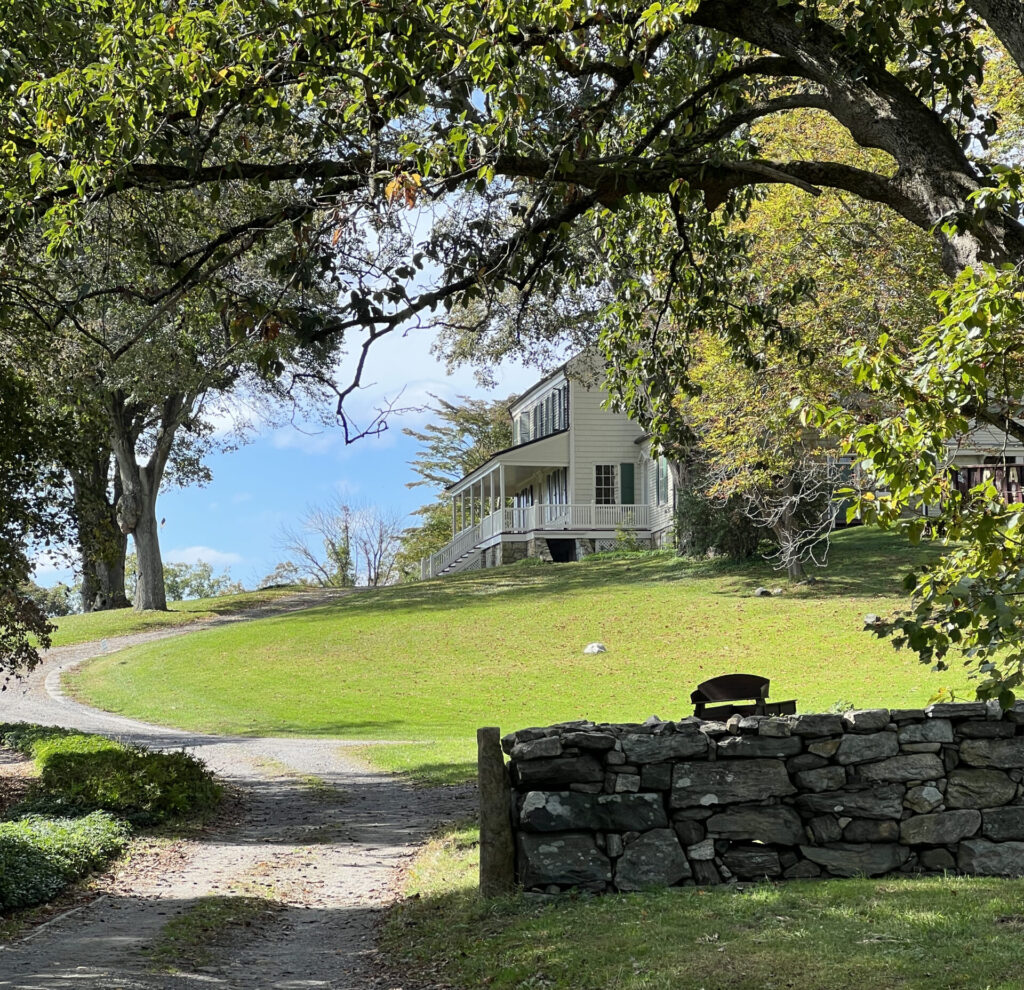
Studying precedent in person informs our projects because we still have much to learn from those who came before us. The context of how a home was nestled into the land, doors arranged, or how, in three dimensions, a roof eave resolved into adjacent masses can be applied to challenges in newer buildings.
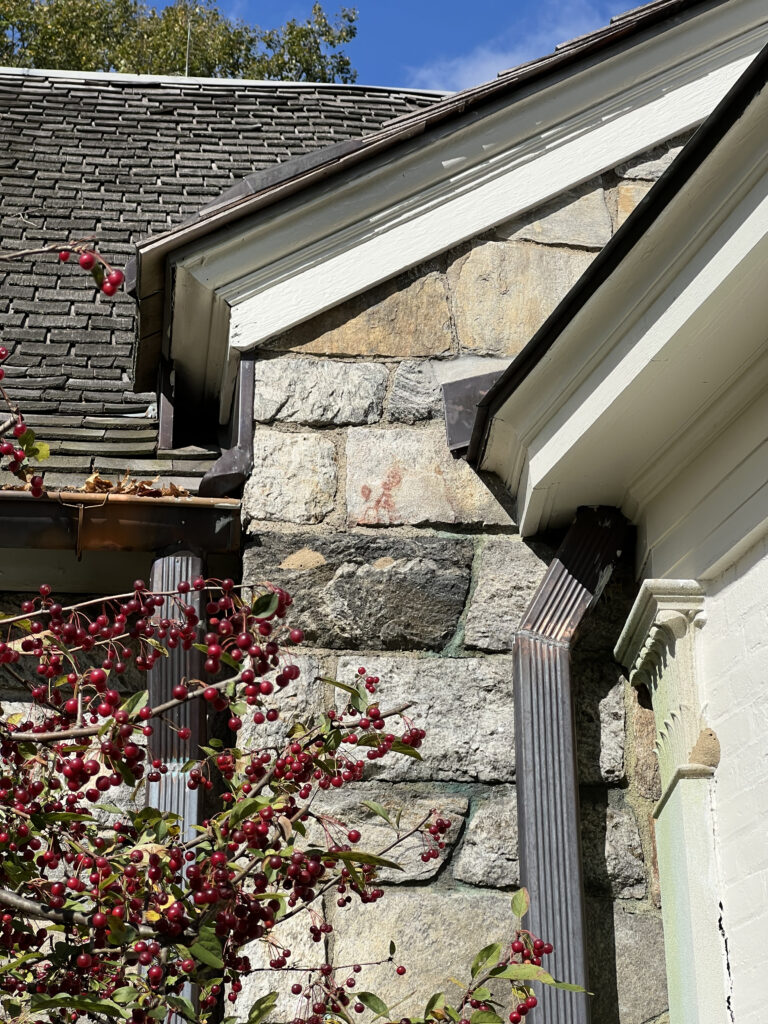
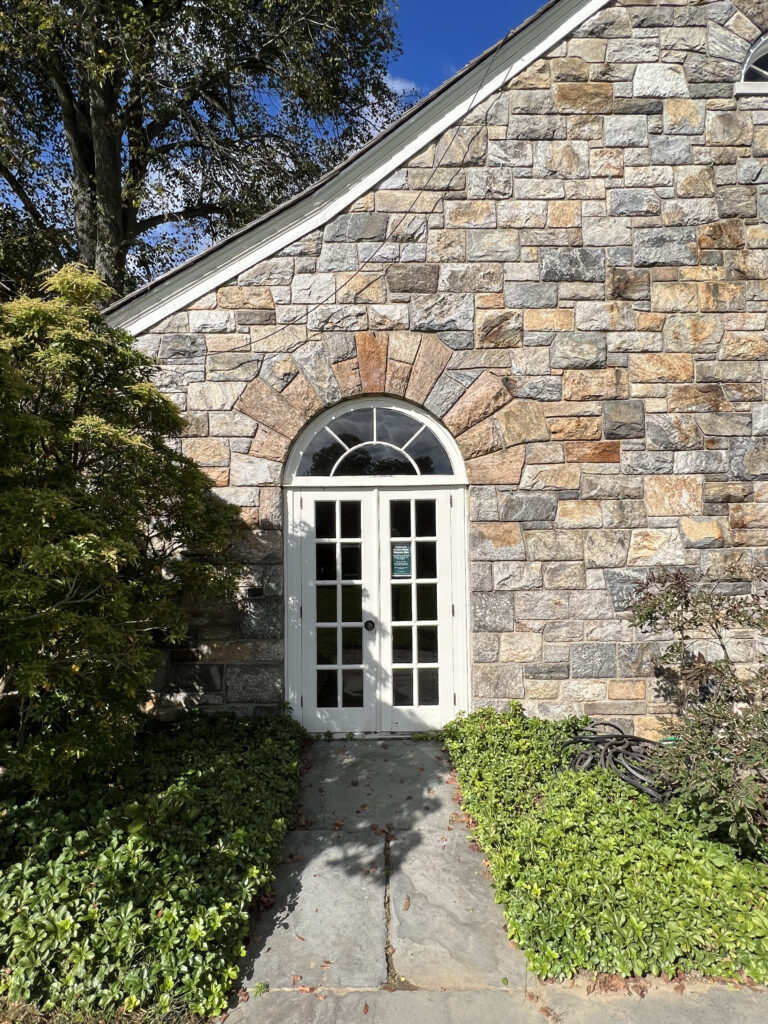
The rear of the home (below) may tell a different story entirely. The rooms are unbundled from a larger central mass and spread out through generational additions to the original structure. Does the symmetrical arrangement of windows and doors out front speak to what happens beyond the front porch? Or is it a completely different experience on the other side?
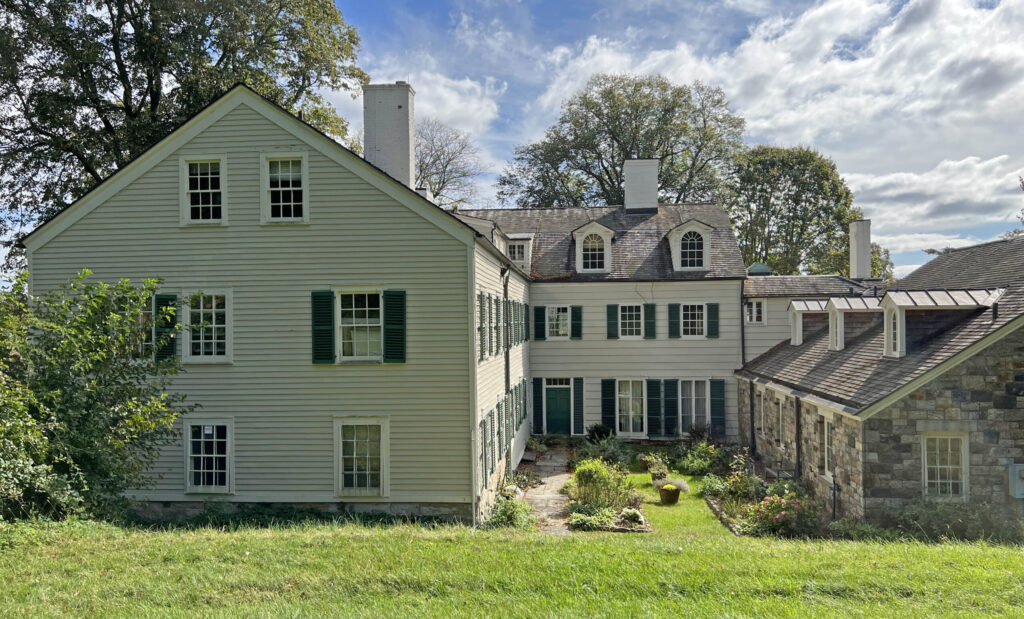
Changes in material or massing may have been implemented for practical reasons, such as a firm foundation beneath lighter wood construction. It may also communicate how a building has adapted to different needs and purposes over time.

On the left, note how deeply this transom and door are recessed below the brick arch and, on the right, how this double-hung window (with its delicate sash!) abuts the upper floor’s siding. Framing the window, the change from rough stone to square brick allows for a little more control to house the window and is a technique we are currently employing nearby on a new home.
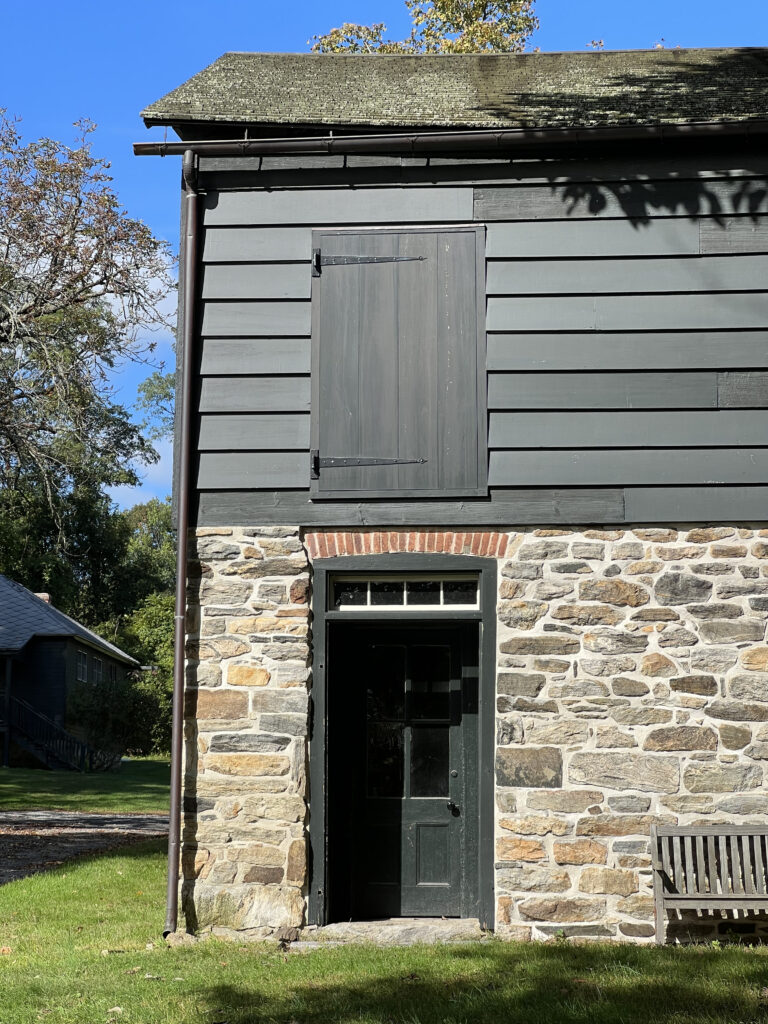
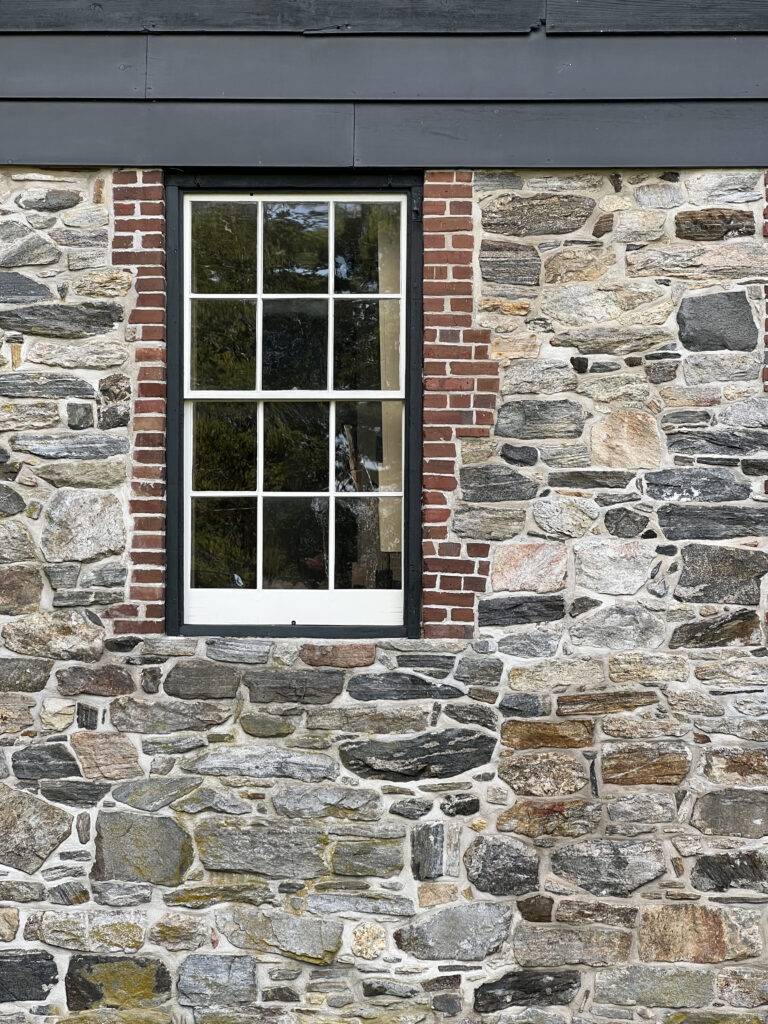
This barn has an added bay with a unique roof slope; it also has a variation in wood siding and separation in the stone foundation. A “blank door” can be seen on the right of the barn foundation, filled with stone (likely done later), a practice I’ve incorporated on blank windows for past projects. Another detail we noticed was a narrow opening integrated into the stone foundation (indicative of an archer embrasure), allowing passive ventilation–“the original green!” Was the builder of this barn looking to precedent, physics, or both?
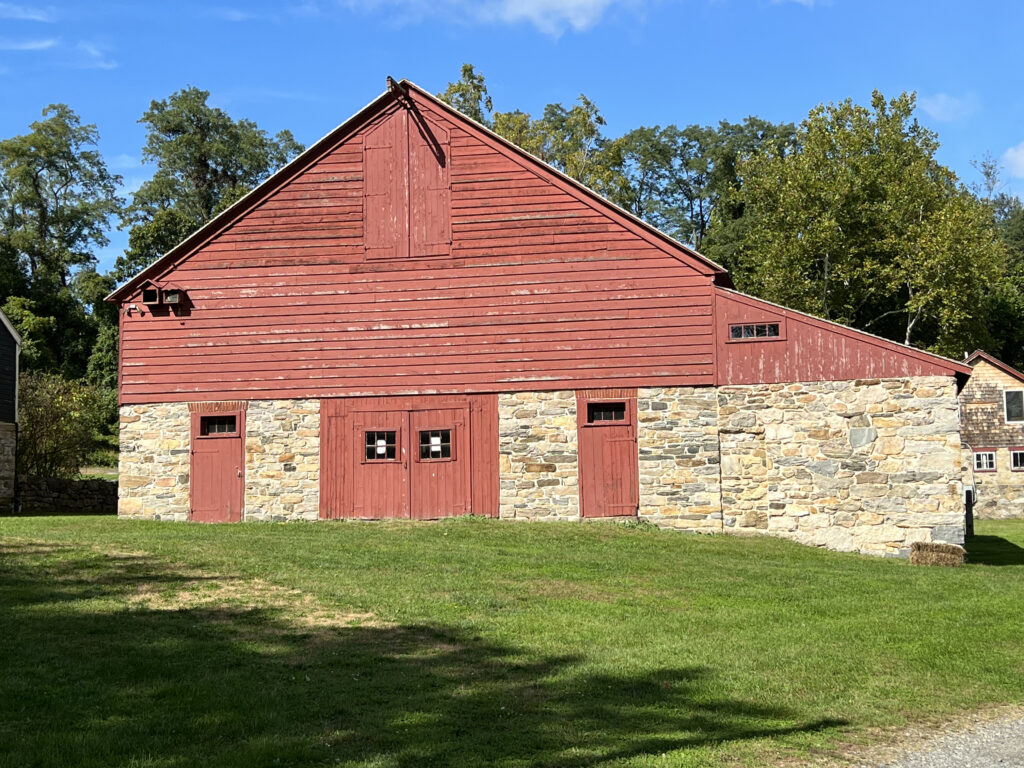
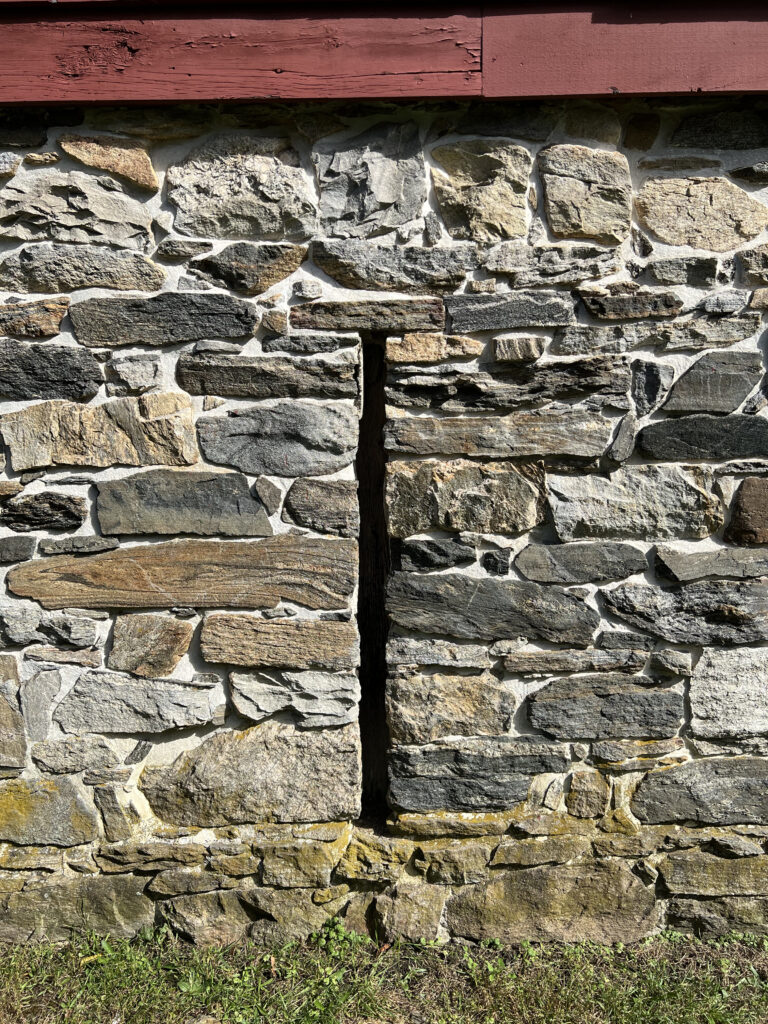
Other buildings around the property, such as this well house and schoolhouse, have different masonry treatments (beaded joints at left or cross bond of the stone at right). What can they tell us about the different eras and building techniques?
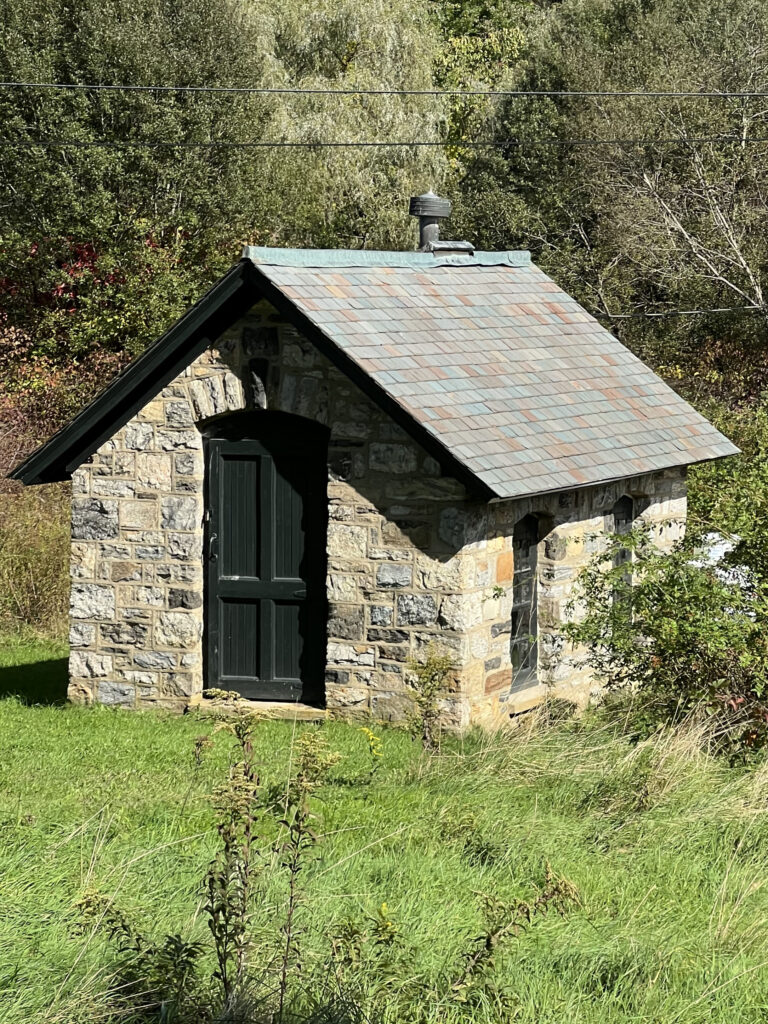
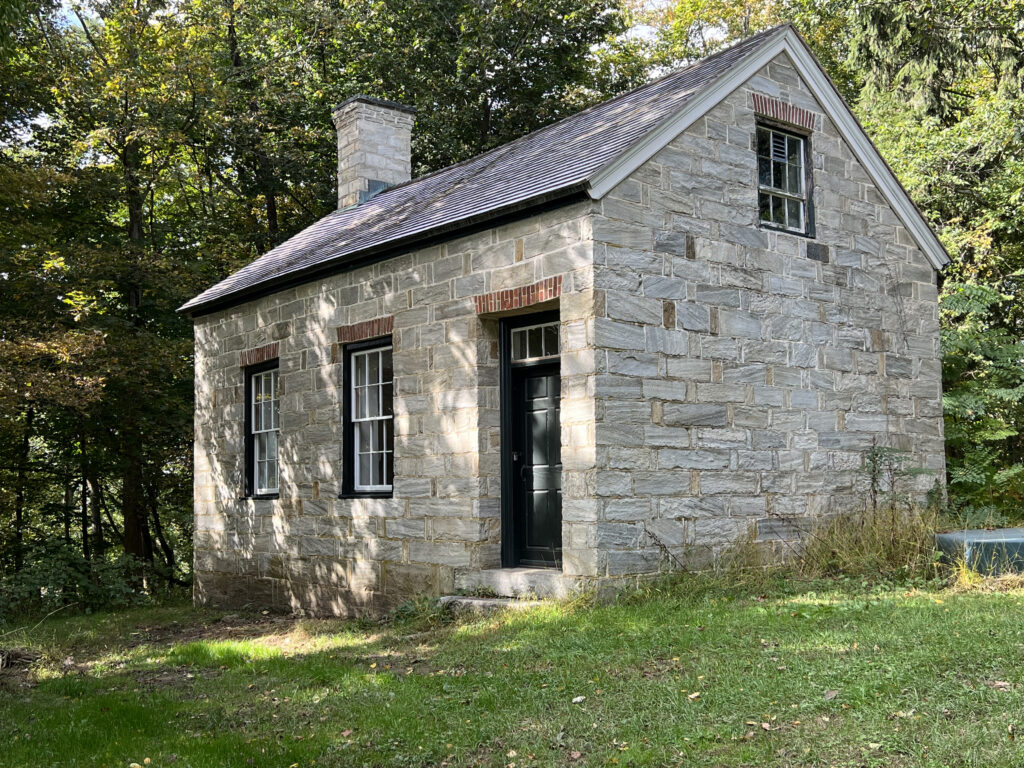
The allied arts together are considered alongside the architecture: How do the gardens support the property? Are there cutting and kitchen gardens close by the main house, or is there a greenhouse in the distance?
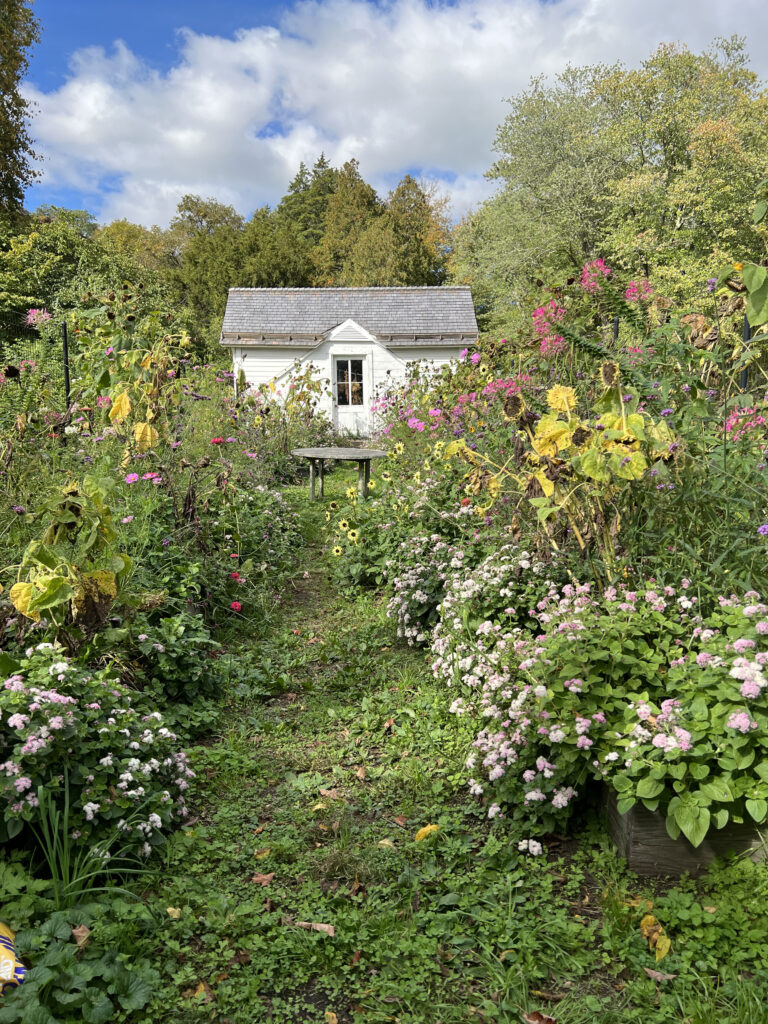
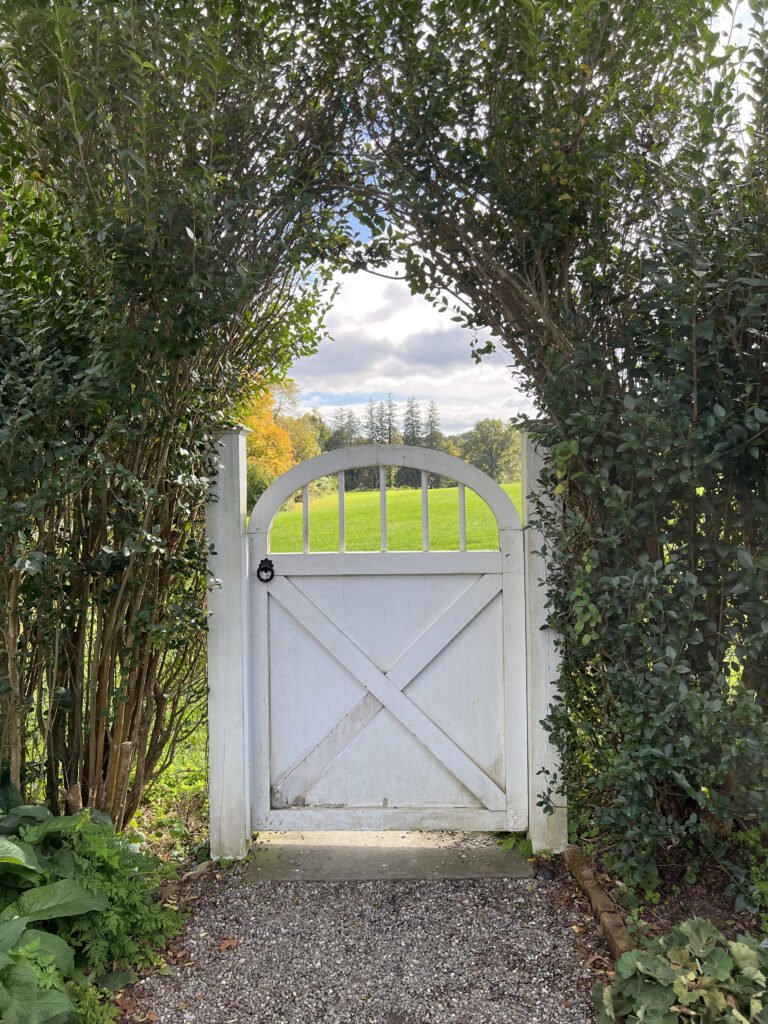
It is necessary to continue to experience architecture and learn from it by visiting and asking these sorts of questions. Our goal is to create structures that appear as they’ve always existed, and we strive to be appropriate to the local context by studying the precedent of what came before us.
